Virtual Reality Provides Real-Life Sales Forecasts
Having shoppers test in-the-pipeline products means companies can develop more user-friendly durable goods.
Based on the research of Sebastian Hohenberg
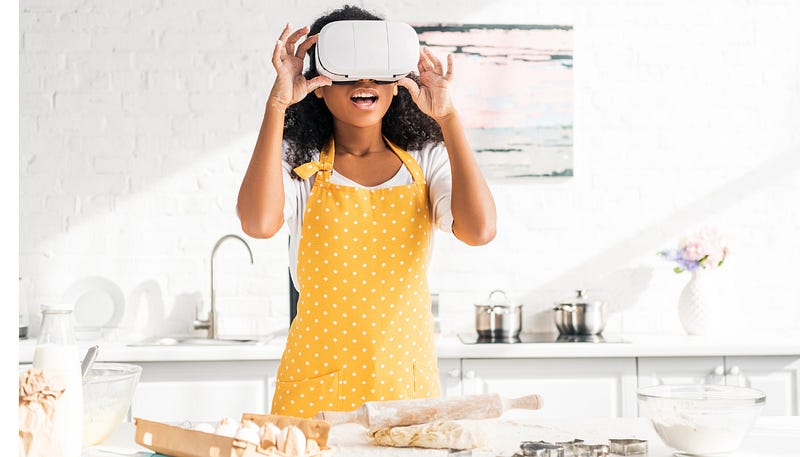
Developing durable goods such as a new washing machine or lawn mower is highly inefficient. Companies expend time and money on items that often fail or miss profit targets. And innovative products do even worse.
That’s where virtual reality can help. Letting consumers try products in VR enables accurate predictions about how these goods will be received, according to new research, the first-ever virtual reality study in marketing research.
“Companies need these predicted sales numbers to design their commercialization and production plans,” says Sebastian Hohenberg, assistant professor of marketing at Texas McCombs. “If you’re deviating from the forecast amount of units sold, you have too many items in stock or you run out of stock. Both of these are bad situations.”
Along with Nathalie Harz and Christian Homburg of the University of Mannheim in Germany, Hohenberg set out to solve this problem. The researchers partnered with Europe’s leading market research institute to develop and test a tool that uses virtual reality to help durable goods manufacturers accurately predict longer-term sales forecasts during development.
Predicting Sales with Virtual Environments
Hohenberg and his colleagues spent a year creating a mathematical model that uses customer data gathered through virtual reality simulations to accurately forecast sales. Next, they reached out to companies that had a new durable product in the pipeline they had yet to announce. Two agreed to participate in the study.
The researchers set up two field studies. One tested their model on a new kitchen appliance, the other on an innovative garden tool. Researchers partnered with market research institute GfK to recruit study participants interested in buying similar products. In each study, about half participated in a virtual reality simulation in the lab using a head-mounted display with VR controllers and motion tracking sensors. The rest experienced an online virtual reality, using a computer screen, mouse, and keyboard.
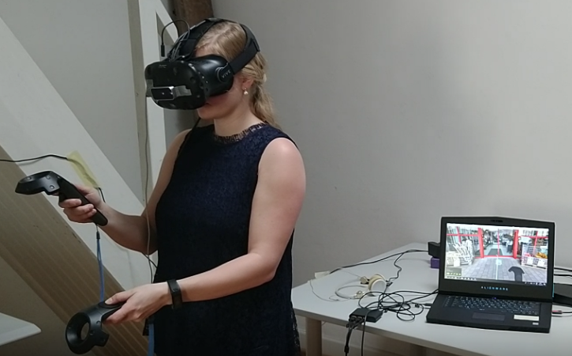
Hohenberg and his colleagues created five virtual environments in which participants could interact with the appliance and garden tool: a local retail store created with 360-degree photos, an online shop, producers’ webpages, an online magazine, and the “use environment” — an area where consumers would typically use the product. Those were a simulated garden and kitchen.
The researchers started by making all participants aware of the new products by showing them a brief video or article. Then, participants were free to navigate the five environments. They could pick up products, test, and “purchase” them.
The VR equipment and computer logged the time participants spent interacting with products and recorded their reactions, such as how long they held the product or whether they decided to purchase it in VR. Then data were plugged into the new forecasting tool. Researchers waited a year, then compared their sales forecasts with actual monthly sales of the new products. Across both studies, the model had only a 1% error rate in predicting sales during the first year.
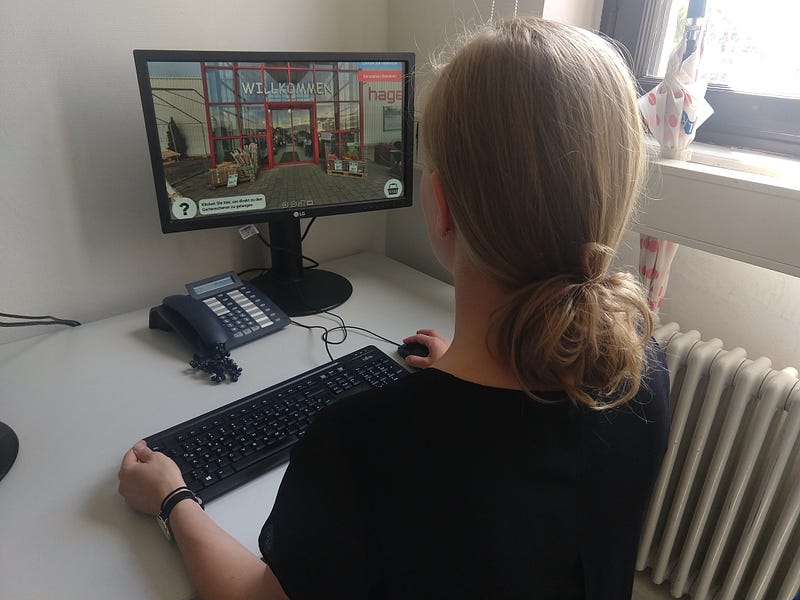
For the kitchen appliance study, monthly sales predictions deviated from actual sales on average by 18.6%. For the garden tool study, this deviation was slightly higher at 26.5%, a difference the researchers tied to unusual weather conditions — an extremely hot summer delayed the gardening season by a few months. What’s more, in line with researchers’ expectations, the forecasting accuracy was higher for the lab versus the online virtual reality, by 6%.
“Using actual behavior in a simulated reality, we can make very accurate sales predictions,” says Hohenberg.
“With our tool, you can integrate user behavior early on in the innovation process. This is a huge help.” — Sebastian Hohenberg
Creating Immersive Shopping Experiences
To be sure of their findings, the researchers wanted to compare these virtual reality experiences with a traditional test where people interacted with real products in a lab.
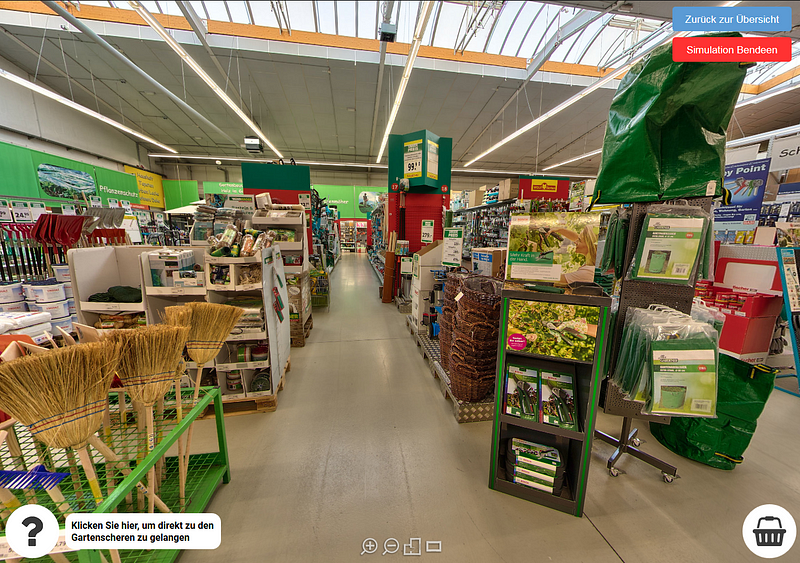
They recruited 210 participants to evaluate the same 10 gardening tools (the new tool alongside nine competitors’ products) in their field study, but only in the local retail store environment. The subjects were split into three groups. One group used VR glasses to assess products, another used VR on a computer, and a third interacted with the actual products. In line with market research best practice, participants interacting with products in person saw only a shelf of the 10 products rather than an entire store.
Results confirmed researchers’ earlier findings about the benefits of VR in forecasting sales. Virtual reality participants’ behavior during the simulation was more realistic and closer to actual consumer behavior than the behavior of studio test participants.
That’s because VR equipment fully immerses people in the product testing experience. They’re more present in the simulated environment, and their experience is more vivid as they tap into more of their senses. “They’re transported into that reality way more intensely, and they behave more consistently,” says Hohenberg.
The Business Case for VR
For durable goods manufacturers, the takeaway is clear. Using the researchers’ model during initial stages of new product development — when there’s just a virtual blueprint — could save valuable time and money.
“Getting early-on knowledge into how successful products will be over time can improve inefficiencies. VR can really help to make the new product development process more agile.” — Sebastian Hohenberg
The company can smooth out potential usability problems — such as some product features being difficult to use — earlier in the process. Even if the company takes its product to market, it can make changes to production plans (amounts of products and variants, for example) and commercialization processes (amount and type of promotion material, for example) early on.
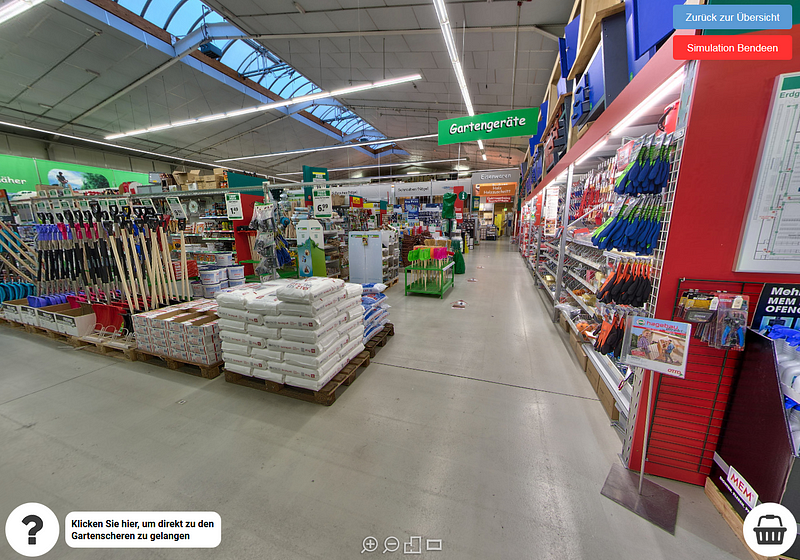
Virtual reality, however, can be expensive and complicated and isn’t for everyone. The researchers suggest managers create a clear and comprehensive plan to focus their project and avoid all-in-one VR solutions, instead using one tool for one purpose.
Hohenberg says companies should use virtual reality simulations to improve new product decisions that call for early, detailed, and precise consumer information, such as user experience testing. The business case for using VR is also especially strong if a new durable is expensive, innovative, and requires considerable explanation.
Companies that need highly accurate consumer insights should use lab virtual reality, while those with cost constraints, large samples of consumers, or in need of a quick turnaround should consider online virtual realities instead.
Companies could also use the forecasting tool in later development stages to fine-tune new products. Although not part of this study, Hohenberg predicts what is probably possible: point of sales optimization (where exactly on the shelf the new product should be placed), purchase journey analysis (how different customer types search for information and switch between information channels), and user experience fine-tuning (where button “X” needs to go or product colors).
Consumers, too, could benefit from the resulting improved products. The user experience through the entire consumer journey can be improved, products will be easier to use and more useful (when early user feedback is integrated), and companies will be more efficient in their innovation processes and can offer their products faster and at lower prices.
Still, manufacturers need to have realistic expectations. “VR can surely facilitate new product development processes,” Hohenberg says, “but it’s not a panacea that will solve every problem you have.”
“Virtual Reality in New Product Development: Insights from Pre-Launch Sales Forecasting for Durables” is forthcoming, online in advance in the Journal of Marketing.
Story by Deborah Lynn Blumberg


